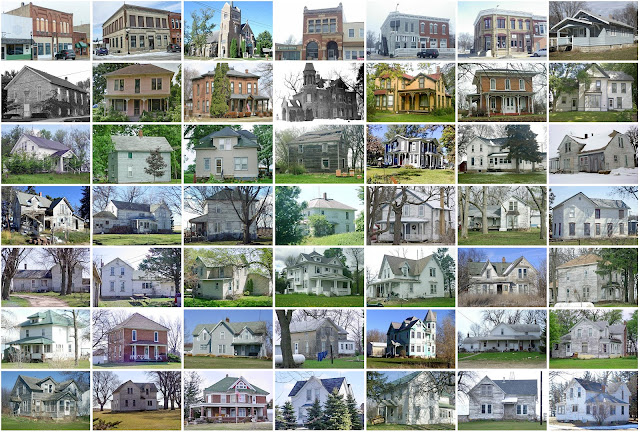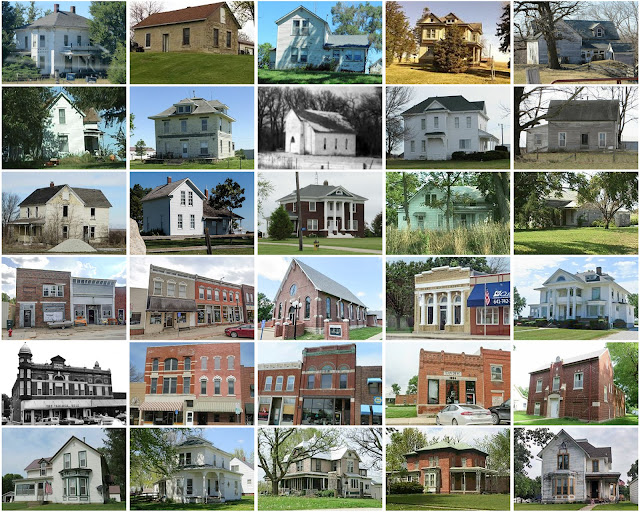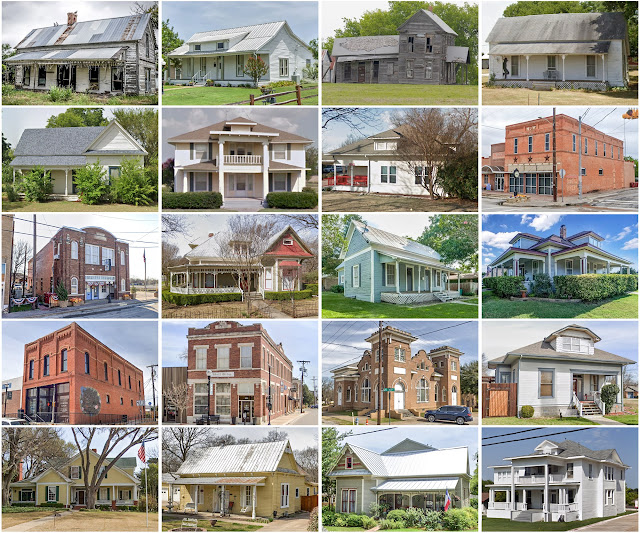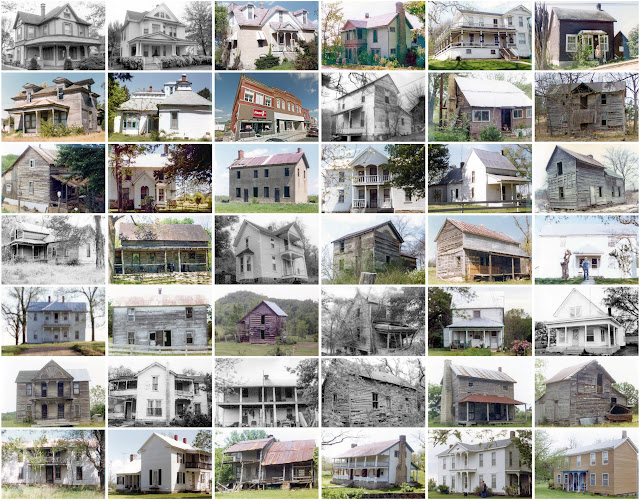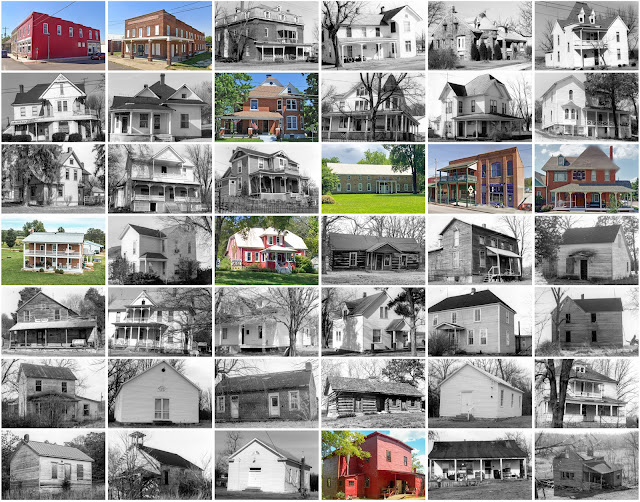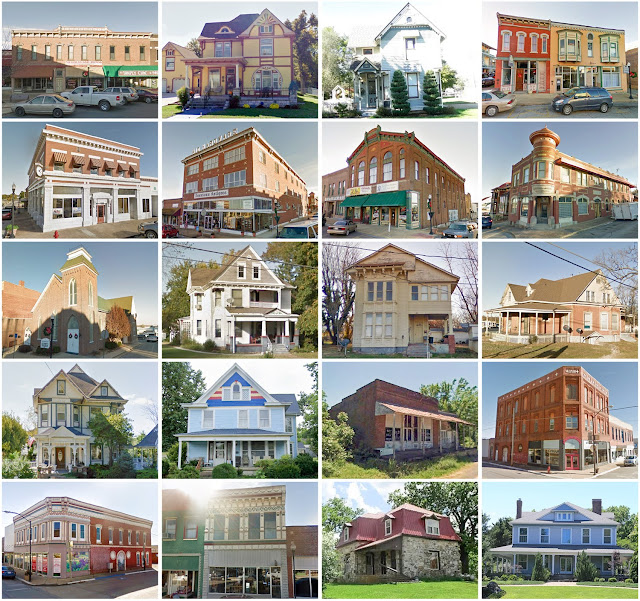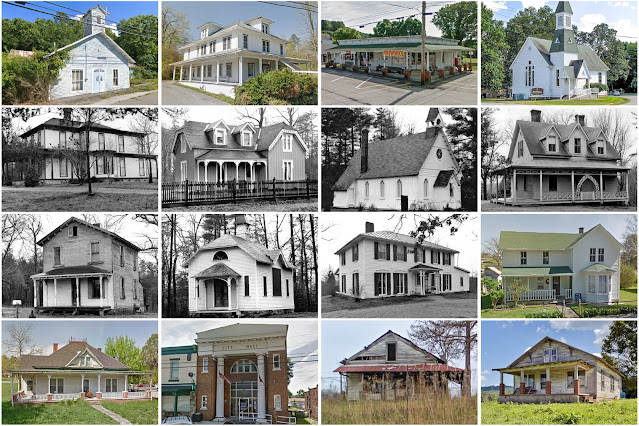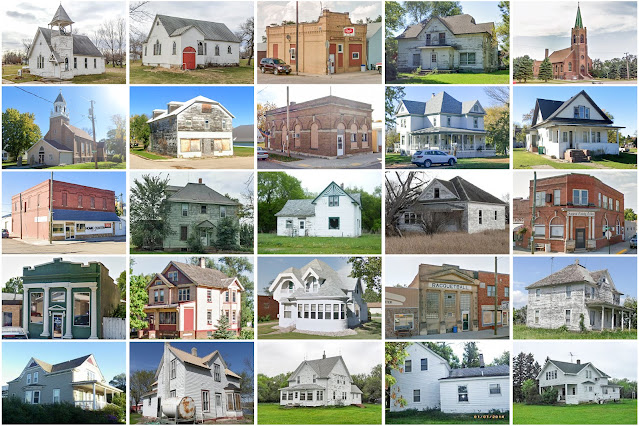Buchanan County, Iowa

Founding: 1847 (declared in 1837) Parent county: Dubuque Namesake: James Buchanan, U.S. president Seat: Independence (1847–) Land area: 571 square miles Population (2020): 20,565 Population (historic): 517 (1850); 17,034 (1870); 18,997 (1890); 19,748 (1910); 19,550 (1930) Periods of population growth: pre-1850–1900; 1910s; 1930–1960; 1970s; 1990s Subdivisions: 11 cities; 16 townships National Register listings: 22 Pre-1940 residences (estimated): 2,459 (27.1%) Pre-1940 housing survival rate: 55.1% Pre-1860 housing survival rate (1940): 5.9% Farm housing in disrepair (1950): 4.2% Nonfarm housing in disrepair (1950): 3.7% Average farmhouse value (1930): $1,812 Average outbuilding value (1930): $2,459 Average farmhouse size (1940): 6.9 rooms Number of farms (1920): 2,232 Average farm size (1920): 125.7 acres Sources of settlement: New York, Ohio, Illinois, Pennsylvania, Ireland, Germany, and Wisconsin ________________________________________________________________
